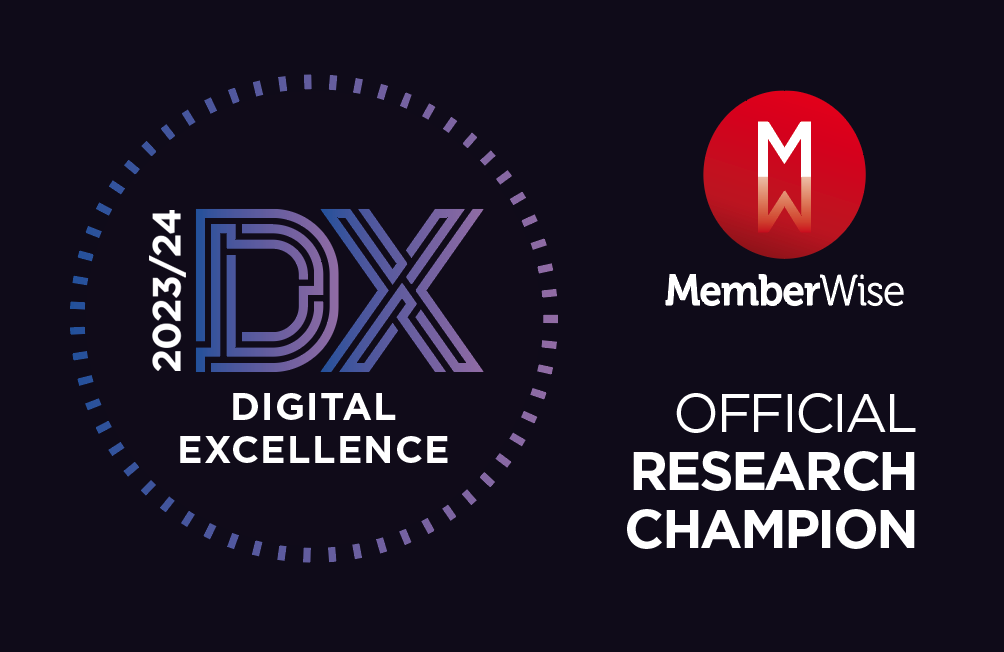5 critical questions membership organisations should be asking now!
Secure your income to deliver your mission
Membership organisations often struggle to quantify in hard metrics the value they provide to their members. With membership dues not tending to be the largest expense on the balance sheet, up till now this has not proved a significant barrier.
Continued membership numbers have been sustained through a mix of good will towards the mission of the organisation, fear of missing out if they leave, or in many cases just insufficient drive to cancel. However, with all expenses now coming under the microscope, membership organisations, like all other expenses will need to prove their relative value.
These five questions can help identify challenges you may face and steer your potential solutions:-
- Do you know how members really feel about your organisation and what they value about it?
- Is it easy for members to interact with you and access your services?
- Do you engage with your members meaningfully throughout their lifecycle?
- Are you able to demonstrate to members the value gained from their membership?
- Does your culture, technology, ways of working and skillsets of your staff, support you in answering ‘yes’ to the above questions?
Let’s go through them one by one.
1. Do you know how members really feel about your organisation and what they value about it?
You will no doubt have a mission and objectives that your organisation exists to achieve and some services built around delivering on that. The question is do your members put the same value on your objectives and services that you do?
There is no easy way to find this out other than talking to your members. One to one interviews using a neutral party can help draw out honest appraisals. Another tool you can use are surveys, many organisations already conduct an annual survey to garner member sentiment. However, best practice is to ask more frequent micro surveys at relevant points in your member journey. You can also use survey methodologies like NPS (Net Promotor Score), where willingness to refer is used as a benchmark, as those willing to recommend your organisation are much more likely to be satisfied than those who would not. Finally, try not to ask leading questions in surveys such as the infamous Ryanair Customer Satisfaction survey of 2017 which only had the options of ‘Excellent, Very Good, Good, Fair or OK’ [The Art Of Statistics: Learning from data by David Spiegelhalter].
2. Is it easy for members to interact with you and access your services?
Have you enshrined a ‘member-centric’ approach in everything you do? People do not distinguish today between a member organisation and any other service provider they use, in the level of experience they anticipate. They expect it to be as easy interacting with you as say the airline they book a flight with, or the supermarket they order their online groceries from. In fact, making it easy for customers to interact with you was recognised by the HBR in the article Stop Trying to Delight Your Customers as one of the biggest indicators of customer loyalty.
Consider some of your services from a member perspective. Have they been designed in a way which makes it easy for the member to accomplish their goals, or in a way which makes it easy for you to do your work? Often historically it will be the latter.
You need data to inform your view. Web analytics are a good place to start if you have webpages or online forms designed to act as a point of access to your organisation. A further source of data can be short surveys after a touchpoint with a member, asking how easy it was for them to achieve what they wanted to do. These are surprisingly easy to automate using various web survey tools.
3. Do you engage with your members meaningfully throughout their lifecycle?
What does 'meaningful engagement' mean? It means communicating with members in ways that aims to nurture and build deeper understanding and relationships between you. Engagement in this sense is not just a member opening an email. It is them receiving content that is relevant to their interests, or that is inline with interests of similar member profiles (we would call these Persona’s). Receiving the content in the channels they would expect, and it being designed in a way that encourages them to take further action.
Each of these communications should have a measurable goal and you should employ an iterative ‘test and learn’ mindset to tweak the content and messaging in improving attainment of that goal.
You also need to check your member health through their lifecycle. This means not leaving it until the membership renewal reminder to ensure they are happy with the value they gain from membership. By then its too late!
You should develop a segmented engagement model (e.g. based on size, value, loyalty) which defines the expected member health check journey. Some may receive personalised but automated communication to stimulate conversation on the value they are achieving, whilst others should receive structured one to one check ins throughout the year, with a dedicated contact. Taking this approach will stave off any surprises when renewals come around and provide you the opportunity demonstrate to any members at risk of leaving the value of membership, before it’s too late.
4. Are you able to demonstrate to members the value gained from their membership?
Once you have established what is valuable to your members, the next step is to ensure you are able to measure this. If you are unable to do so, you cannot communicate to your members what value they have gained from membership. Measurement of value can come in may forms. Ideally, it is a direct measure of the outcomes achieved. Like measuring policy shifts achieved, use of ancillary benefits like discount codes redeemed, or events attended.
However, in some cases you may need to resort to more indirect measures, such as campaign reach, or survey metrics like sentiment change. It doesn’t matter how rudimentary these are initially but you must have some measure for all benefits or organisational aims [see our previous blog on Metrics, KPI’s and Key Results for more ideas].
Lastly, as well as demonstrating value you will want to demonstrate engagement, which topics and content they have engaged with, which events or activities have they participated in. This may be particularly critical in demonstrating value if some of your aims are large policy shifts that take far longer than one membership cycle to achieve.
5. Does your culture, technology, ways of working and skillsets of your staff, support you in answering yes to the above questions?
The final question then is: are you fully equipped to make the best use of technology in delivering on these aims? Technology alone is not a panacea, but it can undoubtably help in delivering all the business aims laid out above.
Customer Relationship Management systems such as Hubspot or Salesforce can store details of your members interactions, building up a picture of the value they have realised and how they have engaged. Email tools such as Mailchimp can manage segmented comms to different persona types or in response to trigger events, providing a rich member experience. Webforms tools like Gravity forms can improve the experience of interacting with you, alongside Chat Bots and Ticketing Systems. Lastly, multi- hub technology platforms like Hubspot can provide all those components in one place, to minimise integration and training needs.
However, all the tech in the world won’t change the member experience or improve your efficiency unless your teams know which tool to use for which job, and how to get the best out of using it.
An inquisitive mindset should also be cultivated with staff having access to significant amounts of data on member behaviour. This should be backed up with a culture of empowerment and data driven decision making, enabling staff to make decisions quickly on how to improve the member experience.
Don't know where to begin?
All this can sound daunting but the good news is, it can and indeed should, be done in iterative steps. The technology can be implemented in different domains independently (e.g. Events management, Membership or Comms) and teams up-skilled one by one based on priority. The overall plan should reflect your unique organisational challenges and priorities.
Contact Spiderling Consulting today and we can help identify the priorities and lay out a plan to get your transformation journey started. Do not delay as your members pockets are not getting any deeper!
Share this
You May Also Like
These Related Stories

Spiderling are a MemberWise Digital Excellence Research Champion

Challenge your thinking now, despite the uncertainty


No Comments Yet
Let us know what you think